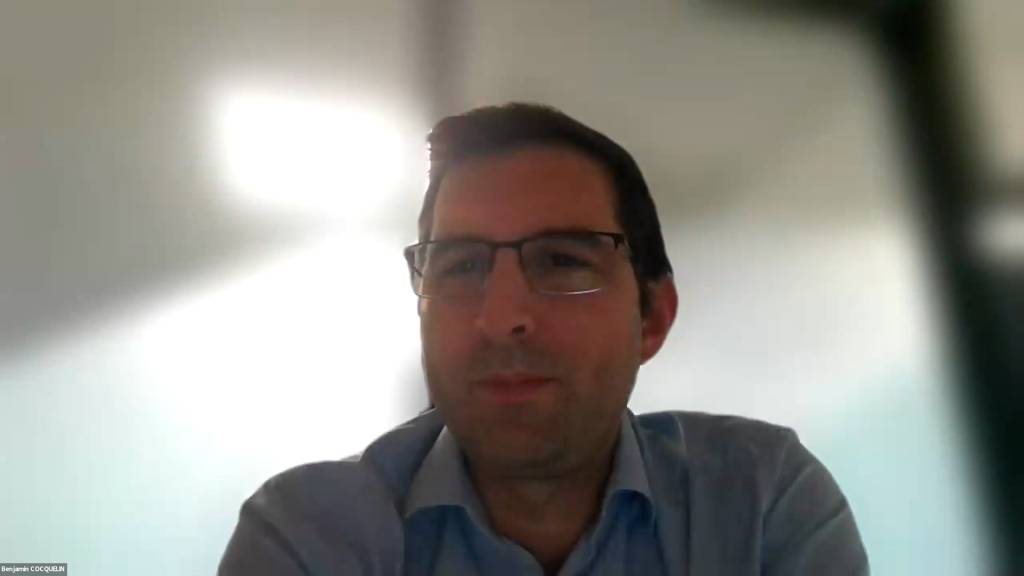Von Fintel: Basically, the integration part is important. It’s quite useful because then you can pass a test, especially with custom made features which are not standardized. There are very sophisticated advanced customers like Tiama but there are also customers who have less knowledge. For them it’s quite interesting to have other software features and easy viewing tools or even graphical programming, which we had introduced just recently to our SDK. The users want image analysis functions, maybe even integrated into the camera. Backwards compatibility is an important issue: an SDK should support the latest products, but also support all relevant older products backwards.
Which new camera feature is most demanded from your customers or which new camera feature do you need developed by camera manufacturers the most? Contine: The biggest wishes from many (embedded) users is to have an off the shelf camera. Most of the time, the transition is happening, but it’s often forgotten that a camera is a battery included system that they plug and should work immediately. For embedded systems, users have to deal with functions like debayering, color correction, tone mapping …. This is the gap that is going to be filled. In the future, System on Module (SoC) with ISP functionalities and any kind of digital signal processing in the middle between the image sensor and the system will help to have image sensors not only in machine vision, but almost everywhere.
Von Fintel: I see three trends from customers: umber one is an ongoing trend towards higher resolution and higher bandwidth. With that going along some system constraints like how do I deal with CPU load and how can I offload some of this CPU load to a frame grabber or a FPGA preprocessing. Number two are system related things which are not only to be solved by the camera, but maybe by a combination of camera and other components like autofocus or the integration of smart light functions, where in-the-system-illumination and camera can communicate with each other. The last topic is a trend towards different spectral ranges outside the visuals or SWIR range. This becomes more and more affordable and is getting into classical machine vision cameras.
Cocquelin: From a technology point of view, we are moving into a good direction like increasing resolutions, increasing speed, increasing high dynamic range and the possibilities to use multiple wavelengths at the same time. What we should talk about is to improve troubleshooting because this is a pain that can be huge for customers. Our systems are reliable and are working well, but from time to time it fails and this happens to everyone and in that case we need to be good not only in operations, but also good in the diagnostic and failure analysis.
– René von Fintel, Director of Products Business Management, Basler
– Guiseppe Contini, Technical Imaging Expert, Framos
– Benjamin Cocquelin, R&D Director, Tiama Inspection
Moderation: Dr.-Ing. Peter Ebert, Editor in Chief, inVISION
Participants
– René von Fintel, Director of Products Business Management, Basler
– Guiseppe Contine, Imaging expert, Framos
– Benjamin Cocquelin, R&D Director, Tiama Inspection
Moderation: Dr.-Ing. Peter Ebert, Editor in Chief, inVISION

